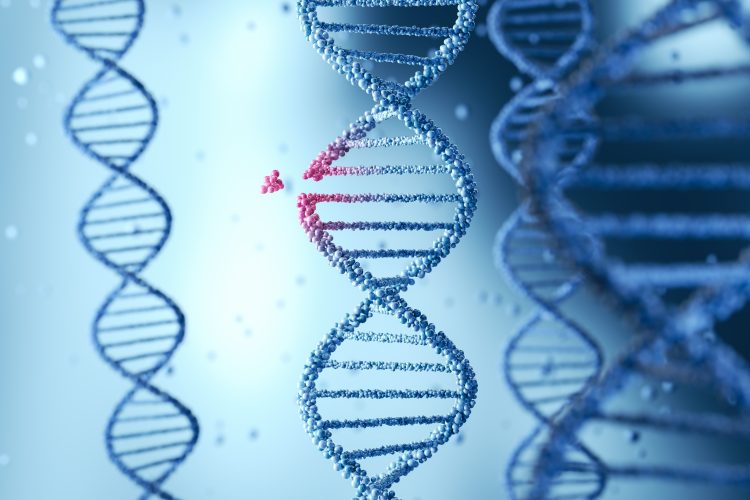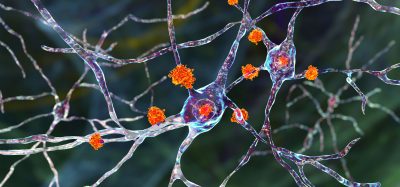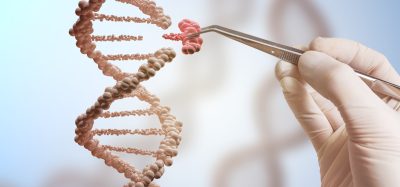Prime editing corrects the CFTR gene mutation
Posted: 22 July 2024 | Drug Target Review | No comments yet
The approach precisely and durably corrects the CFTR mutation in human lung cells, which could lead to superior treatments.


Scientists at the Broad Institute of MIT and Harvard and the University of Iowa have developed a gene-editing method that corrects the most common mutation causing cystic fibrosis. This could lead to treatments that are administered only once and have fewer side effects.
A three-drug mixture called Trikafta has significantly improved the quality of life for cystic fibrosis patients, following its development in 2019. However, it can cause cataracts and liver damage and must be taken daily, costing around $300,000 each year.
There are over 2,000 known variants of the CFTR gene, with 700 causing disease. The CFTR gene mutation damages ion channels in the cell membrane that removes chloride out of cells. Most frequently is a three base-pair CTT deletion that causes the ion channel protein to misfold and degrade. The novel approach, based on prime editing, precisely and durably corrects the CFTR gene mutation in human lung cells, and restores cell function to levels like Trikafta.
Prime editing was developed in 2019 by the lab of Dr David Liu, who is the Richard Merkin Professor and director of the Merkin Institute of Transformative Technologies in Healthcare at the Broad. As senior author of the paper, he commented: “We are hopeful that the use of prime editing to correct the predominant cause of cystic fibrosis might lead to a one-time, permanent treatment for this serious disease…Developing a strategy to efficiently correct this challenging mutation also provided a blueprint for optimising prime editing to precisely correct other mutations that cause devastating disorders.” Dr Liu is also a professor at Harvard University and a Howard Hughes Medical Institute investigator.
It has long been an aim of gene-editing therapies by labs to correct the CTT deletion in CFTR, although most attempts have not been efficient enough to confer a therapeutic benefit. Also, other methods like CRISPR/Cas9 nuclease generates double-stranded breaks in DNA, resulting in undesired alterations in the target gene or other genome locations. Due to prime editing not needing double-stranded breaks, it could address this limitation.
The researchers joined six different enhancements to the technology to enhance the correction of the CFTR mutation. The alterations, which included improving the prime editing guide RNAs that programme the prime editor proteins, corrected around 60 percent of the CTT deletions in human lung cells, and around 25 percent in cells taken directly from patient lungs and grown in a dish.
Less than one percent of the mutation in cells have been corrected by previous methods. The approach generated 3.5 times fewer undesired insertions and deletions per edit than previous methods that use the Cas9 nuclease enzyme.
Now, the team are required to find ways to package and deliver the prime editing machinery to the airways in mice and ultimately humans. Lipid nanoparticles, that reach the lungs in mice, are promising.
This study was published in Nature Biomedical Engineering.
Related topics
Drug Delivery, Gene Therapy, Genome Editing, Nanoparticles, Targets
Related conditions
Cystic fibrosis (CF)
Related organisations
Broad Institute of MIT and Harvard, Iowa University
Related people
Dr David Liu (Broad Institute of MIT and Harvard)








